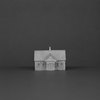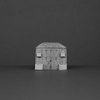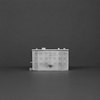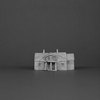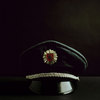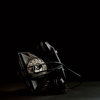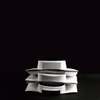A Conversation with Indre Serpytyte
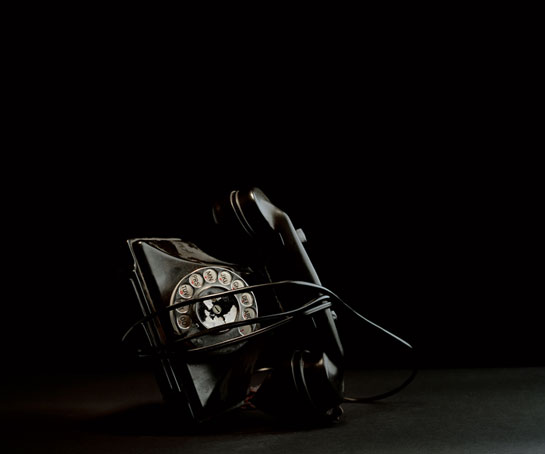
Indre Serpytyte is one of the photographers featured at the 2010 Hyères Festival of Fashion and Photography. There, I had a longer conversation with her about her work and its background. The following conversation, conducted after coming back, touches upon many aspects of Indre’s photography. (more)
Jörg Colberg: By its very nature, photography and memory have a lot in common, and in your case, there seems to be a very strong obvious connection: Documenting so we won’t forget. Before talking about your work in more detail, I am curious how you view what you do in very general terms. Are you trying to make people remember or to force them not to forget?
Indre Serpytyte: All my work begins with the inherited family history, which is then researched within an historical context. However I treat photography as an emotional expression rather than a document. Through the images I try to express something powerful and meaningful beyond language. In my images I attempt to reconstruct my inherited memory in the attempt to make the past more tangible. By revisiting the horrors of the past and by showing the work within a contemporary framework I ask for the history not to be forgotten.
JC: Why photography? Why not use writing? What makes photography a good tool to do this?
IS: In my work I tend to use writing, I try and anchor the narratives and facts by text. The text predominantly comes at the end of every project and it seems to somehow provide a full stop to my work. Therefore images and words become inseparable. The photographs in my practise are constructed and visually pleasing whereas the writing is very straight to the point, factual. This balance between emotion and experience creates a friction, which I find the most exciting part. I believe that this precise friction within my work is what translates the emotional state of events that occurred within history.
JC: What struck me about “a state of silence” was not just the imagery, but also how you decided to introduce it. Just like the images, it’s all very matter-of-factly, even though, I assume, there are a lot of emotions behind the work. When creating those images, did the process help you trying to learn more about your father? And how did the project itself change, given that you might have learned new things while it was evolving?
IS: The basis of this project was less the need to find out about my father but more the need to grasp of what had happened. It was an instinctual reaction to my misfortune. The project evolved with my emotions, it started as personal sorrow and transformed into a statement on bureaucracy.
JC: Without wanting to pry, how did the project end up talking about bureaucracy?
IS: The work questions the institutional injustice and bureaucratic state to which my father belonged. The images become a factual display of evidence that raise questions around his identity as a government official and a faceless bureaucratic system.
I am fascinated with the idea that we only exist on paper and can be easily erased and forgotten. So the project is not only about the emotional state of silence but also about the literal silence of the state.
JC: (1944 - 1991) is more historical and political, and it has many dimensions: The victims of the Soviet regime, Lithuania and its lost independence itself, … That’s a pretty big topic. Have you ever worried that it might be too big a topic? Or maybe have you ever worried whether you would be able to do the whole complex justice with your work?
IS: Historical war topics are always complex, the number of casualties overwhelms us and we loose the sense of individual suffering. It’s a human mechanism which enables us to deal with war atrocities be it historical or contemporary. As Stalin once is believe to have said “The death of one man is a tragedy; The death of millions is a statistic.” In my work I concentrate on those individual stories and create images that are not only poignant but also allow space for the viewers to reflect on the past events.
JC: There are no people to be seen in (1944 - 1991) - I’m curious to learn why. In your statement you talk about the lives of millions that were destroyed. Why did you decide to keep images of people out of the project?
IS: Each project has to work on it own merits. In my previous work Cite de la Muette based in the outskirts of Paris the human presence was an integral part of the project, which I didn’t feel that the series (1944-1991) required. During my research of this work I spoke to many individuals who lived in the occupied villages and towns that I photographed this part of my investigation was extremely insightful and gave me a deeper understanding into what happened under the regime. However I felt that the memory of the crimes committed was somehow concealed unseen within the walls of the buildings.
JC: So things are left to the viewers’ imagination?
IS: The viewers have to temporarily become interrogators, I provide them with facts and the objects within the photographs but fundamentally its up to them to interpret the images. I hope that I create enough space within my images to allow them such a visual interpretation.
 By
By 